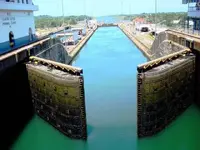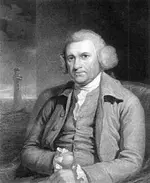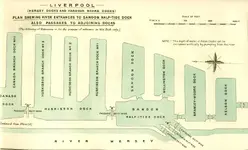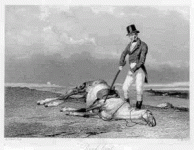lokiblossom
Bronze Member
- Joined
- Dec 4, 2014
- Messages
- 1,865
- Reaction score
- 1,310
- Golden Thread
- 0
- Location
- Traverse City, Mi.
- Primary Interest:
- Relic Hunting
Thanx very much for answering that . Then if we had Europeans, in #'s that large, leaving Europe , with all the gold and treasure that you speak of (bold italics in your own quote above), then ....... You've got me confused. Because .... on the other hand ... you keep saying that your interest in O.I. isn't treasure .
So please clarify : Is there a tid-bit of hope for possible treasure , as the basis of interest in O.I., or not ? Your last post seems to suggest that it is indeed about treasure. Yet in post # 2015, you said that I'm the only one talking about treasure. See the apparent contradiction ?
There was also untold wealth in their Paris Headquarters, but I/we have no idea where it went. One report claims 18 ships left France some of which were too small to make an ocean voyage. Of those that could (the Mediterranean Fleet), I only posit a few crossing the big pond with Gerard de Villers, as leader. But these also had to wait until Spring as nobody in a 13th/14th century type vessel would begin a crossing of the Atlantic in late September. So I also posit a Winter layover at the Ardchattan Priory!
To answer your question, Yes, IMHO I suppose there is a tidbit of hope for a possible treasure and a clue to its whereabouts may be found on Oak Island, but its not on Oak Island itself, IMHO!
Cheers, Loki












